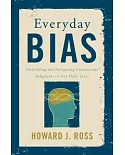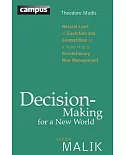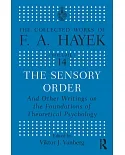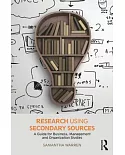In 2007 Starbucks stood on shaky ground. The previous years had been dominated by an expansionist business policy which steered the company away from its founding tenetshigh quality products
and a close connection to its partners and customers; in other words, the Starbucks experience. Outside forcesthe housing market crash, unemployment, and recession and the digital revolution
were also factoring into its vulnerability. A change of direction was needed. Fast. In 2008, Howard Schultz, the president and chairman of Starbucks, made the unprecedented decision to return
as the CEO eight years after he stepped down from daily oversight of the company and became chairman. Schultz was determined to help it return to its core values and restore not only its
financial health, but also its soul.





















